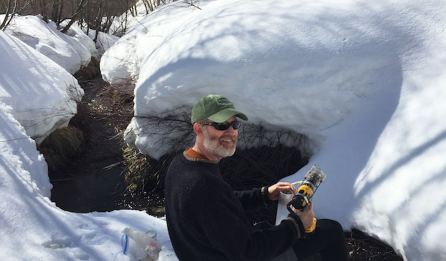Research News
January 12, 2017
Utah Climate Scientists Anxious Over Threatened NASA Cuts...
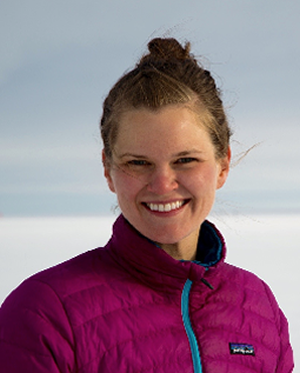
Utah Valley University and iUTAH researcher McKenzie Skiles was featured in the news. The Salt Lake Tribune recently reported on potential funding threats to NASA’s climate research.
An excerpt from the news story said that Skiles “is worried about her ability to find future funding under Trump's administration. Her current funding doesn't come through NASA, Skiles said, but prior to accepting a position at UVU, she worked as a postdoctoral scholar in NASA's Jet Propulsion Laboratory. ‘NASA is a place I would look to in the future" for funding, she said. "And if that funding is no longer available, that limits the opportunities.’ Funding from NASA is especially important for young scholars.”
Skiles is a recent recipient of an iUTAH 2017 Research Catalyst Grant which will fund her research looking at the constraining physical controls on snow hydrology along the Wasatch Front. The grant brings together collaborators from each of Utah’s research institutions, including Janice Brahney, Utah State University, Greg Carling, Brigham Young University, and Jim Steenburgh, University of Utah.
Press: Salt Lake Tribune
December 14, 2016
iUTAH Researchers Honored at AWRA Annual Conference
Three Utah State University researchers, Enjie Li, Joanna Endter-Wada, and Shujuan Li, were recognized with the 2016 William R. Boggess Award for their paper detailing water management challenges faces by the world's 28 megacities. The award was presented at the American Water Resources Association (AWRA) Annual Conference, held Nov. 13-17, in Orlando, FL.
An excerpt from a USU press release said that “supplying water is a major challenge for all of the study sites… each city's situation is unique. For example, Beijing and Mumbai struggle to supply sufficient drinking water, while dealing with too much stormwater. Los Angeles and Tokyo have the capability to recycle water to meet drinking water quality standards, but face social opposition to use of this water source.
‘These challenges have serious implications - especially when you consider one in eight urban dwellers currently lives in one of the world's megacities,’ Enjie Li says. ‘Further, conservative growth projections by the U.N. predict another 13 cities will become megacities by 2030.’ Though the Salt Lake City metropolitan area, with a population of about 1.14 million, is long from approaching megacity status, it also faces growing pressure from urbanization - especially in terms of water resources.
‘There are common threads between big cities and little cities and we have much to learn from megacities,’ says Endter-Wada, who serves as a team member for the statewide, NSF-funded iUTAH project. ‘Utah is growing rapidly. It's easier to prepare for challenges, than to fix problems after the fact.’ ”
The article for which they won the awards was published in the Journal of the American Water Resources Association in June 2015, under the title Characterizing And Contextualizing The Water Challenges Of Megacities.
Press: EurekAlert!

December 6, 2016
Research Awards Build STEM Capacity
Building a scientific community in Utah means reaching a wide variety of citizens and students and giving them the opportunity to join in STEM-oriented research. Many of Utah’s students attend universities throughout the state where the capacity to conduct scientific research is somewhat limited. Professors at these institutions, also called primarily undergraduate institutions (PUls), often have the inclination, but lack time and resources to involve themselves and their students in current science research.
This is why iUTAH, an interdisciplinary research and training program aimed at strengthening science for Utah’s water future, has established a three-tiered approach to funding research awards. For the past four years, we have been working to extend our collaborative culture of multi-institutional research to PUIs across our state. By offering faculty at these institutions the opportunity to apply for traditional research awards, professional development grants, and release time awards, iUTAH is addressing, in a targeted, strategic way, the factors that most limit the participation of PUIs in research.
“As a former PUI faculty member myself, I understand the unique pressures and limitations that come with this environment,” says Andy Leidolf, Assistant Director of iUTAH. “It is tremendously rewarding to be able to provide needed support to leverage the ample talent and enthusiasm for research that exists at these institutions on behalf of our statewide research enterprise.”
In five years, iUTAH has funded over $300,000 towards this effort. This year, researchers at Utah Valley University (UVU), Westminster College, and Weber State University (WSU), will receive over $50,000, up to $20,000 per project, in funding as part of the 2017 iUTAH Research Catalyst Grant (RCG) initiative. Professors McKenzie Skiles, UVU, Frank Black, Westminster College, and Bridget Hilbig, WSU, have each received award funding to work with undergraduates, other faculty members, and with other research institutions, community groups, and professional organizations across the state.
“Looking at our most recent group of PUI awardees teaming up with research faculty, their proposed research is truly cutting edge,” said University of Utah professor and State Program Director of EPSCoR Paul Brooks. “These proposals would be incredibly competitive at any national panel that I have sat on for the National Science Foundation or Department of Energy.”
The project by McKenzie Skiles will look at the constraining physical controls on snow hydrology along the Wasatch Front. It brings together collaborators from each of Utah’s research institutions, including Janice Brahney, Utah State University, Greg Carling, Brigham Young University, and Jim Steenburgh, University of Utah.
Frank Black’s project will expand his earlier work on the Great Salt Lake (GSL) to examine wildfire ash and GSL dust as sources of heavy metals to Utah’s aquatic ecosystems. Collaborators include Greg Carling, Brigham Young University and Evan Glenn, US Forest Service, Uinta-Wasatch-Cache National Forest.
The third RCG awardee, Bridget Hilbig, will focus her work on enhancing soil biological complexity to conserve water in urban agriculture, working with Steven Burian, University of Utah as a collaborator. By better understanding the factors affecting urban ecosystem water-use efficiency, she hopes to improve our ability to predict urban water cycles in Utah. Hilbig also received a professional development grant to attend a Council on Undergraduate Research (CUR) Institute. With this additional training, she aims to “develop an interdisciplinary, multi-institutional research group at WSU that includes undergraduate students learning from, and interacting directly with, graduate students, postdoctoral researchers, and faculty members at their own institution and beyond.”
Among the 15 previous RCG grantees, Jacqualine Grant, an assistant professor of biology and museum curator of the Garth and Jerri Frehner Museum of Natural History at Southern Utah University, is the first to receive a release time award. Grant’s previously funded project involving a demonstration green roof exhibit and associated outreach has reached over 1,800 faculty, undergraduates, and students K-12 since its installation in 2015. In discussing the project’s accomplishments, she said “green infrastructure is an underutilized water-saving practice in southern Utah.” She will use the release time to develop several proposals with colleagues at the University of Utah and Northern Arizona University.
“By having researchers at the PUIs engaging with faculty at the more research-intensive universities, it opens science as a process up to all the PUI students in all those classes,” says Brooks. “And seeing that ability, the light bulb that goes off for those students, it’s not just memorization; it’s not just repeating the knowledge. They learn that they can contribute to something new.”
In addition to these opportunities, iUTAH continues to offer ongoing professional development to its participants through co-sponsoring events such as the Alda Center for Communicating Science held this fall, in partnership with the Offices of the Vice President for Research at Utah State University and the University of Utah. The next collaborative effort will be a Broader Impacts Workshop in March 2017 in partnership with the Vice President for Research office at the University of Utah.
For more how the RCG awards are working to strengthen iUTAH’s collaborative research network, visit the full article…
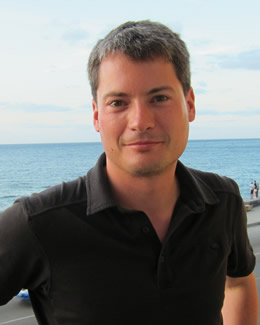
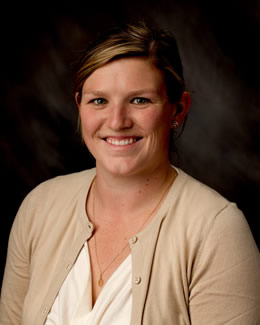

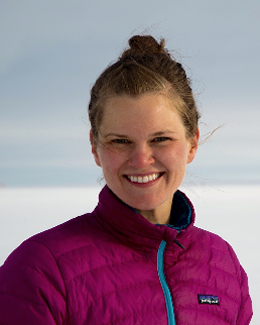
(lower left) Jacqualine Grant, SUU and McKenzie Skiles, UVU
December 6, 2016
Engaging Neighborhoods in Survey Results
Last summer, nearly 400 people on Salt Lake City’s west side were asked about their connections to the Jordan River and the parklands alongside the river. Bilingual surveys were distributed in public places such as grocery stores, libraries, parks, and community events. Students involved in iUTAH Undergraduate Research Fellows (iFellows) Program, Cynthia Elliott and Luis Vidal, conducted the survey using iPads and interacting directly with residents.
Mark Brunson, professor in Utah State University’s Department of Environment and Society and the USU Ecology Center, and Taya Carothers, PhD student at USU, jointly developed the survey. They were aided in this process by collaborators in Salt Lake City’s open space lands program, Lewis Kogan and Tyler Murdock; and the design consultant for the Three Creeks Confluence project.
“As iUTAH’s director of education, outreach, and diversity, I have long wanted to do something that engaged the diverse neighborhoods on Salt Lake City’s west side and could be used to benefit people in those communities,” said Brunson. The idea for the study started at meeting led by Brian Tonetti, the executive director of the Seven Canyons Trust, held in fall 2015. While talking about how the Glendale neighborhood felt about daylighting (freeing buried rivers and streams) that currently run through Salt Lake City, it became clear that getting input from a broad diversity of neighborhood residents was challenging. This seemed like an opportunity to combine Carothers’s research on environmental justice and water with more general questions that might serve a variety of community projects in the area, such as the Glendale project.
After the survey results were collected and data formulated, iUTAH’s cyberinfrastructure team used visualization tools to help make the information accessible and easy to understand. This online tool, the survey data viewer, is publicly available and provides a simple interface to communicate the results of surveys to stakeholders, participants, and the general public. Information on this process can be found here. This information has been useful in presentations to make the results more interesting and applicable to specific groups.
“We found it to be extremely helpful because it is very visual,” said Carothers, who is also an iUTAH Graduate Research Assistant. “As a visual representation, it shows people what the data look like, by the size of the circle as a heat map, and then people can really visualize support or concern about a specific topic.“ It has been used in meetings with neighborhood council groups to show the data and to answer questions. This audience often lacks background information about the survey and mainly wants to know how it relates to them personally. The data viewer allows the presenter to look up answers to the specific area-related questions that people have, and use it as a tool to start a discussion.
“As a researcher who studies human-environment interactions, it’s been fascinating to learn about the different ways that individuals are connected to the Jordan, a very urban river that has a reputation more for impaired water quality than for recreation opportunities,” said Brunson. The link to the data survey has also been sent to specific stakeholders for use in proposal writing for future grants and research. The weed puncture vine, a plant covered with spines sharp enough to flatten bicycle tires, was identified by SLC residents as one of their larger concerns along the river and parkway. In response to this concern, the Open Space Lands program, Natural History Museum of Utah, and Brunson are collaborating on a proposal that could lead to a new citizen science project to address this issue directly.
This project demonstrates the multi-dimensional collaborations and partnerships that iUTAH, an interdisciplinary research and training program aimed at strengthening science for Utah’s water future, fosters in the state.
For downloadable article, along with quick reads version, visit the full article…
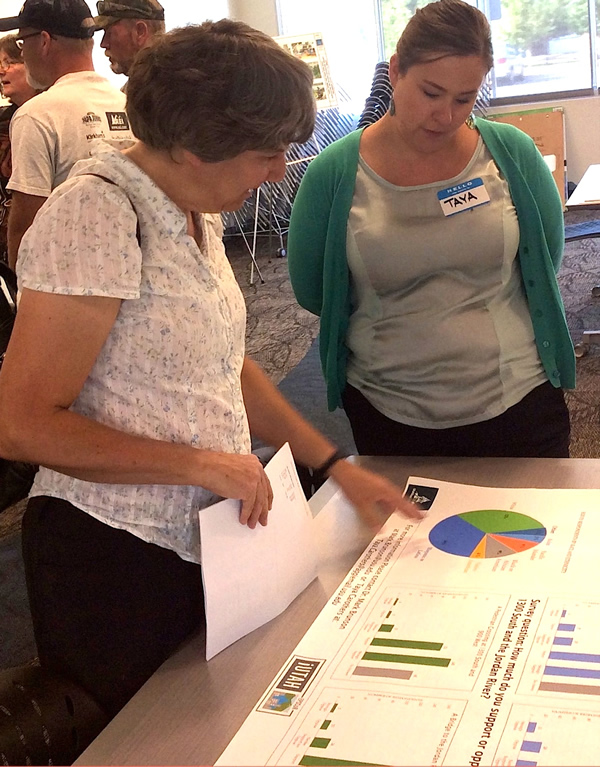
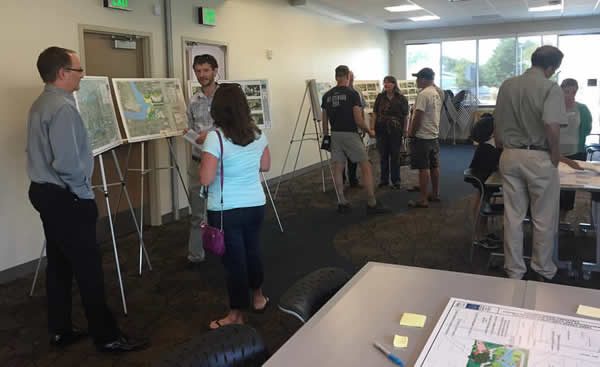
November 23, 2016
International Cooperation: From Utah to Tyrol
University of Utah and iUTAH researcher David Bowling, was featured on University of Innsbruck website during his recent eight week visit to the university. An excerpt from the website news story said “Bowling spent eight weeks at the Institute of Ecology. The focus was on the joint work on the improvement of measuring instruments used in the investigation of the carbon cycle. The data are of great importance for climate change forecasts.”
"We are concerned with how organisms are influenced by biological, physical and chemical factors in their natural habitats - and how these organisms in turn react to their environment," explains Bowling. "It is particularly important to understand which processes influence the metabolism of carbon, water or other nutrients."
Press: University of Innsbruck Newsroom
